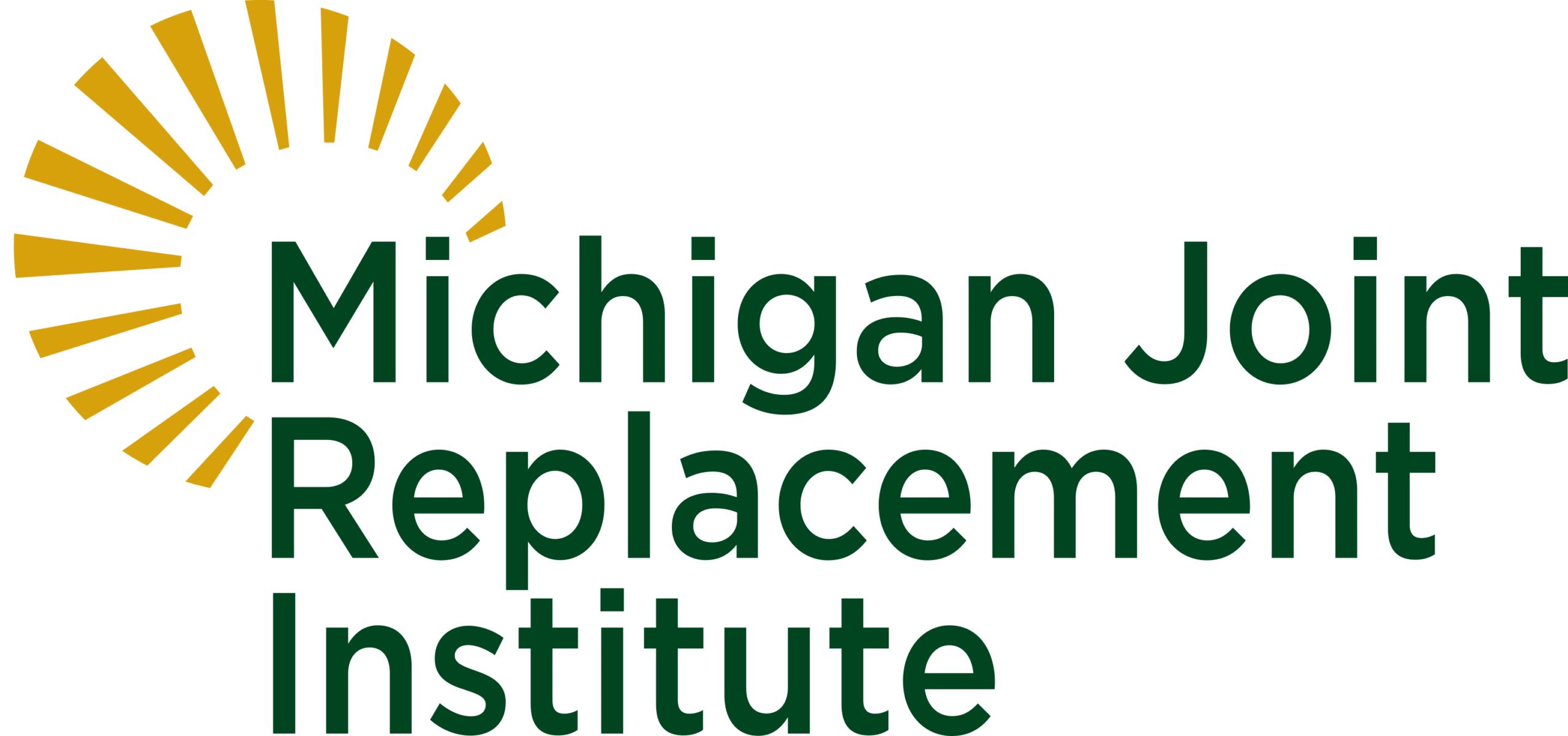Understanding Distal Femur Fractures
The femur, the body’s largest and sturdiest bone, bridges the hip and knee joints. A fracture in this formidable structure, known as a distal femur fracture, occurs in the lower part of the thigh bone just above the knee joint.
Causes and Risk Factors
High-impact incidents like falls from heights or motor vehicle accidents often precipitate distal femur fractures. Additionally, individuals with osteoporosis, bone tumors, infections, or a history of knee replacement surgery face heightened susceptibility. Notably, elderly individuals may sustain fractures even from minor falls due to age-related bone fragility.
Symptoms and Diagnosis
Symptoms of a distal femur fracture include acute pain, swelling, and bruising, particularly with weight-bearing. Physical signs may include visible deformity and leg shortening. Diagnosis typically involves a comprehensive medical history review, thorough physical examination, and imaging studies such as X-rays, CT scans, and MRI scans to assess the extent and location of the fracture.
Treatment Approaches
Treatment strategies vary based on factors like fracture severity, patient health, and lifestyle.
Non-surgical Treatment
For less severe fractures, non-surgical approaches involve immobilization using casts or braces to support and protect the injured area. Regular monitoring via X-rays guides the gradual resumption of weight-bearing activities as healing progresses.
Surgical Intervention
Surgery may be necessary to realign fractured bones, particularly in complex or displaced fractures. Innovative surgical techniques and materials have significantly improved outcomes, even in older patients. Timing of surgery plays a crucial role in optimizing results, with a delay often to allow for thorough planning and patient preparation.
Surgical Techniques
- External Fixator: Utilized when soft tissue damage is extensive, external fixation maintains bone alignment until surgery. Following preparation, internal fixation devices are employed during surgery.
- Internal Fixator: Options like intramedullary nailing or plates and screws stabilize fractured fragments. In intramedullary nailing, a metal rod is inserted into the femur’s marrow canal, while plates and screws realign bone fragments.
- Bone Grafting: In complex fractures or compromised bone quality, bone grafts may bolster healing.
Rehabilitation
Post-surgery, tailored rehabilitation programs, considering age, overall health, and fracture type, are crucial. Addressing weight-bearing, knee movement, and brace usage, rehabilitation aims to mitigate potential long-term issues like reduced knee motion, instability, and arthritis.
In essence, a comprehensive understanding of distal femur fractures guides effective treatment strategies, promoting optimal recovery and long-term joint health.



